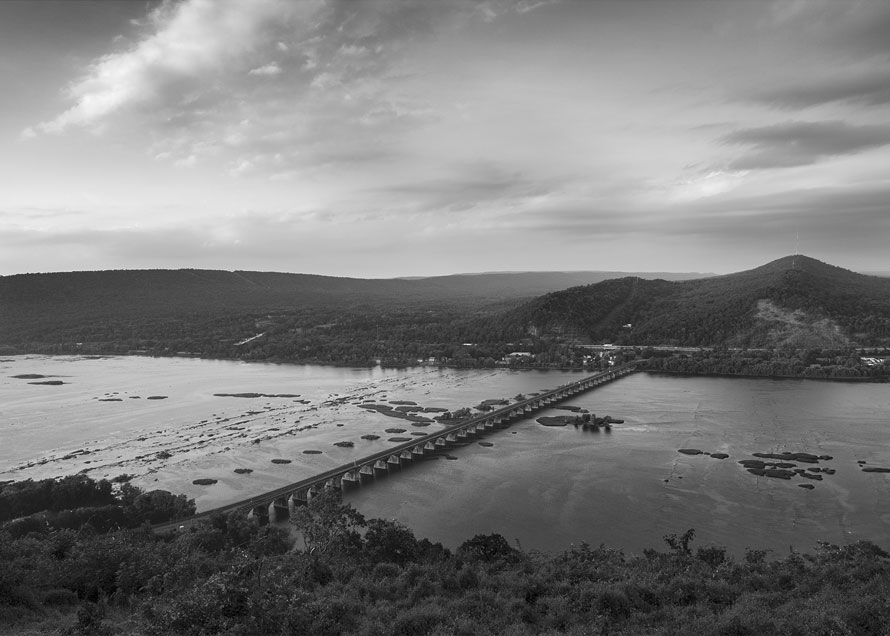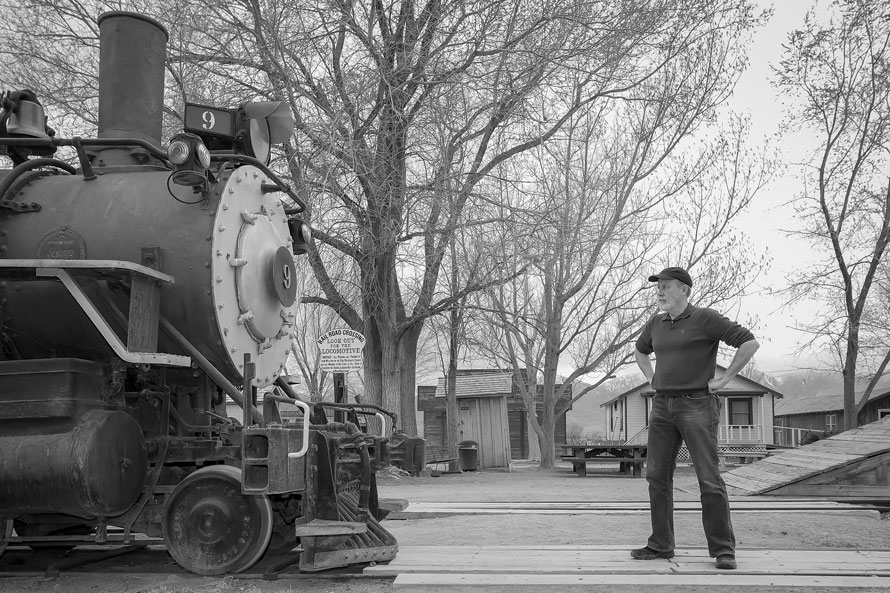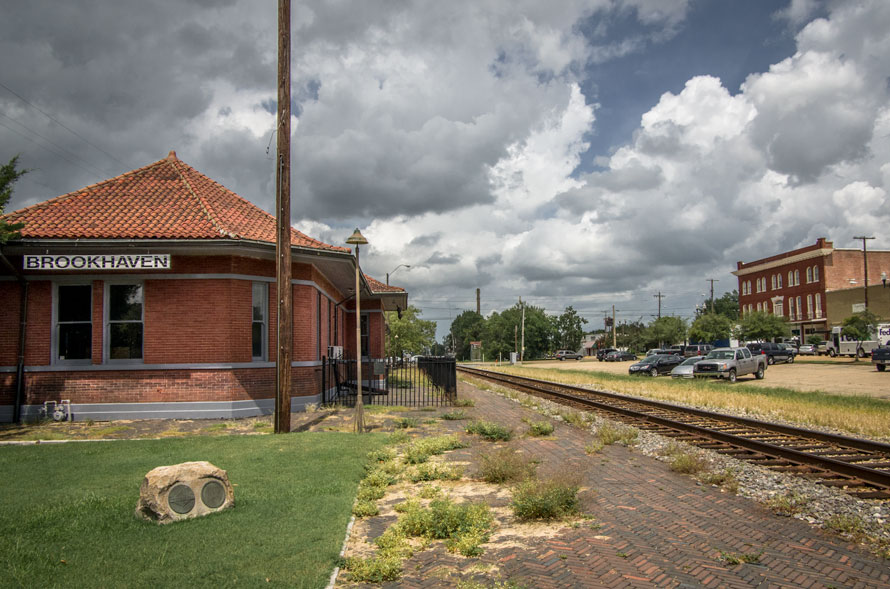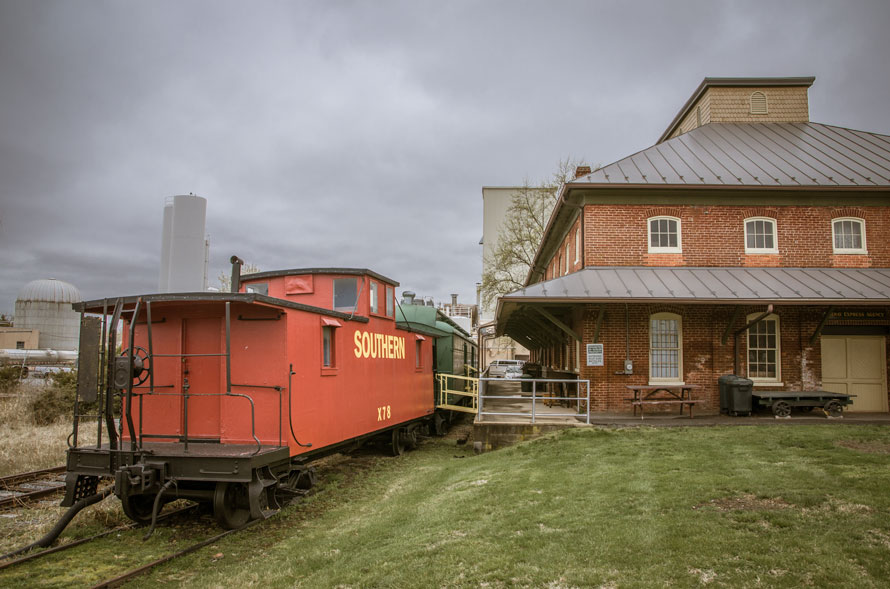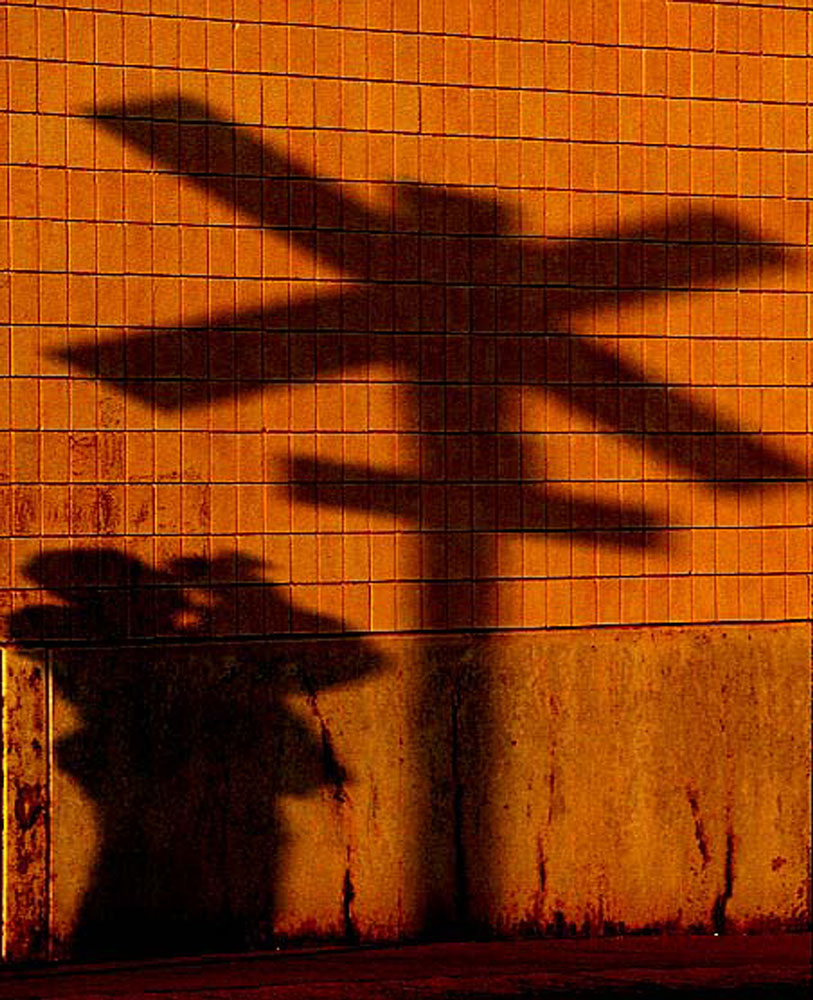
Steve Crise is a professional still photographer and lighting designer based in Los Angeles, California. His love of trains led him into photography, and his work has been featured in Railfan & Railroad, Trains, CTC Board, Railroads Illustrated, Model Railroader’s four articles on Rod Stewart’s HO scale layout, and annual report work for the BNSF and Union Pacific. He teaches each February at the Nevada Northern Railway on the basics of night photography using his electronic strobe equipment. Steve is active in several organizations devoted to the preservation of railroad history and has traveled widely to document the remaining traces of our railroad heritage.
Edd Fuller, Editor, The Trackside Photographer – Steve, shortly after I started The Trackside Photographer, I wrote to you asking if you would be willing to write for us, and we subsequently published a great article by you called “Macro vs. Micro.” I want to thank you for that, and for taking the time to talk with us about your work. Although you are a professional photographer with clients in many different fields, the railroad seems to be at the heart of your work. How did your love of railroads come about?
Steve Crise – I’m not entirely sure how my interest in railroads came about but legend has it that I used to cry in my car seat at the Southern Pacific’s Fletcher Drive crossing when my mother would often get stuck at that crossing. Her accounting of the situation would have you believing that I hated those noisy trains, but I think it was more about not being able to see them well enough from three car lengths behind the gates. Whatever it was that lit the flame it has stuck with me all these years. And to add fuel to that fire, it seems as though just about every Christmas I received some sort of toy or model train as a gift. Wooden trains, plastic trains, Marx, American Flyer, Tyco—it goes on and on. Aside from the modeling, I used to draw and paint a lot when I was a kid. I always had some sort of project going on. The American Flyer was always set up around the Christmas tree and once we moved into a larger home, I was allowed to build a small HO layout. The layout added to my interest in real trains because naturally I wanted my layout to look as real as possible. Read more
